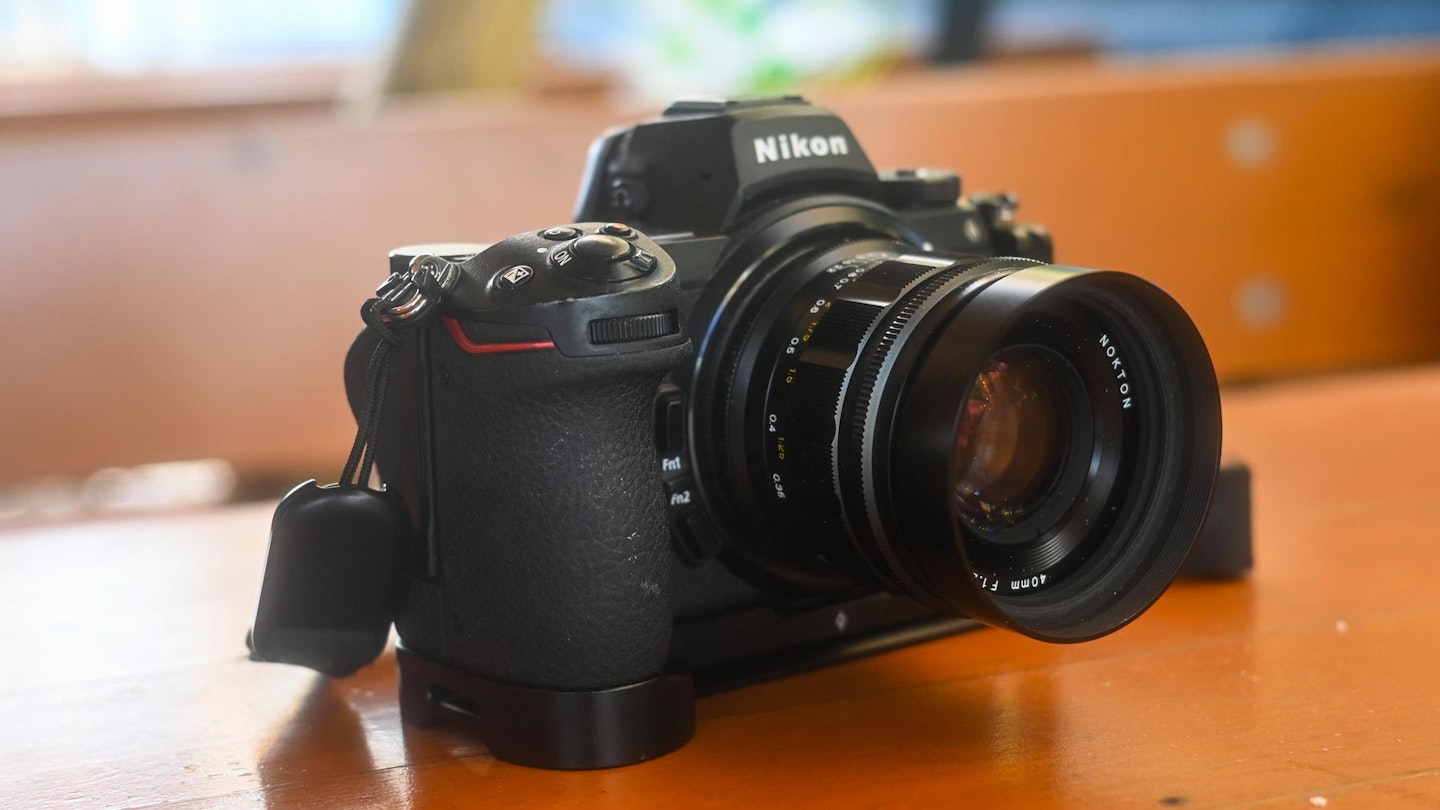What if there was a way to combine the character and charm of a vintage lens with the modern build quality and sharpness of modern glass? If you’re reading this, you’ll already know this is precisely what the Voigtlander 40mm f/1.2 promises. Bucking the trend in so many ways, it’s a brand-new manual (!) lens is a good pal for an excellent camera that promises to give your images the same swirl and magic as those vintage lenses you keep looking at on eBay – but with some added modern comforts. Oh, and it’s around £730.
Is it any good, and is it worth the money? To find out, our regular contributor Curtis Moldrich got a review lens from Robert White – the Voigtlander dealer in the UK. Curtis tested the lens on the Nikon Z mount (though it’s also available on Sony’s E-Mount). Keep reading for the full verdict on the new Voigtlander 40mm f1.2.

Pros
- Fantastic fit and finish
- Unique pictures
- Two lenses in one
Cons
- Super expensive for a prime manual
- Harder to use then auto
- Could be too ‘unique’ at certain apertures
Build quality
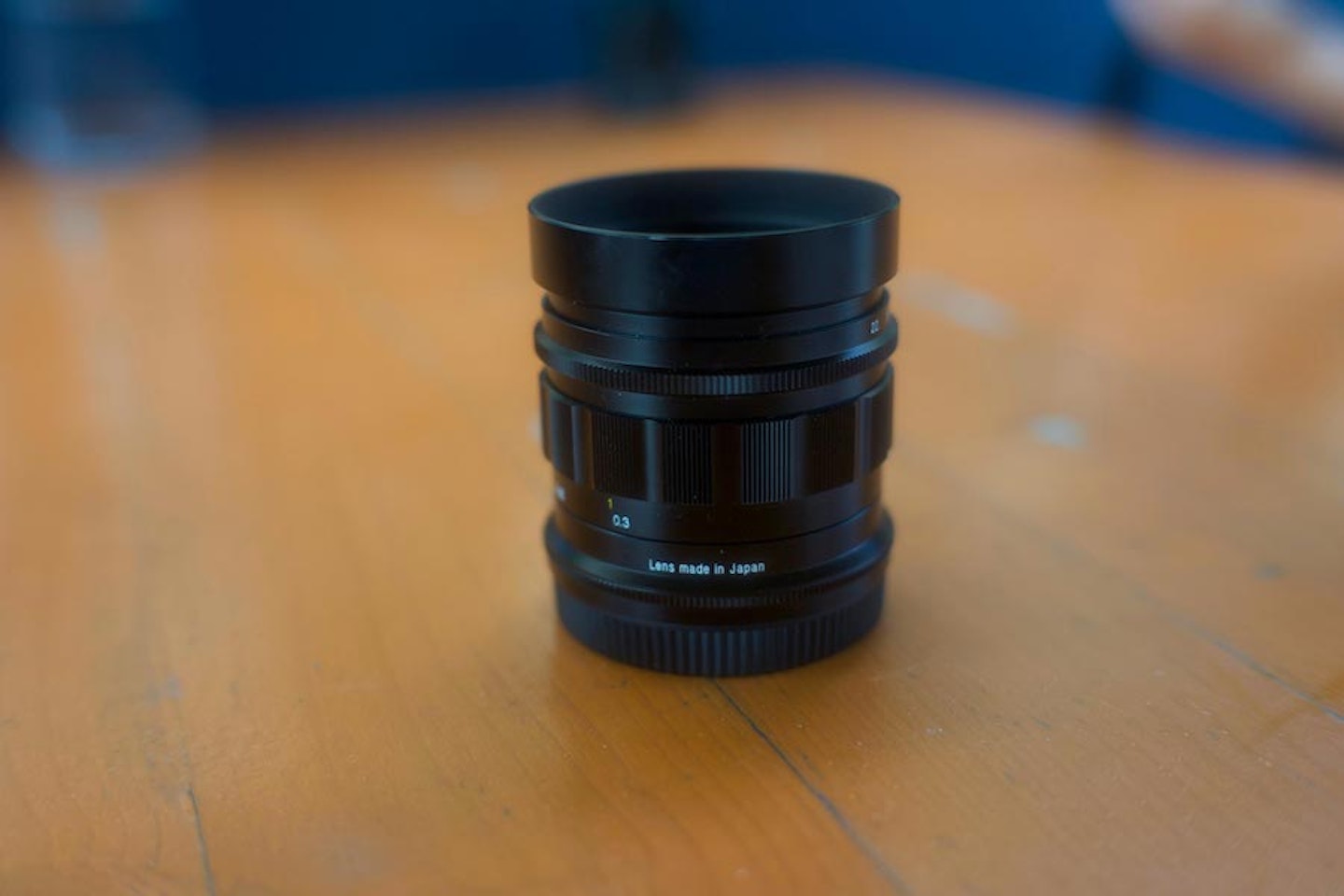
Before we even talk about how the lens performs, it’s worth mentioning how this glass looks and feels. The Voigtlander name dates back to 1756, and this 2023 lens – even when connected to a cutting-edge Nikon Z6ii – feels like holding a piece of history. It’s partly down to the details (this lens uses the same easy-to-read font you’ll find on the brand’s vintage products), but it’s also down to the lens’ all-metal construction.
Reassuringly heavy yet delightfully compact, it balances well on my Z6ii and handles just as nicely: the aperture blades click smoothly, while the focus ring is weighted exactly as you’d hope. Too little resistance and things feel cheap – too much, and it takes an age to focus. Somehow this lens hits the sweet sport. There’s also a well-engineered metal hood.

I put the Insta360 X3 action camera through strenuous testing a few weeks ago, and my review of this lens was no different. The Voigtlander came with me to Le Mans 2023: This year, I drove down with Ferrari, used it to document my journey there and back, and kept it with me for the whole race. The result? Possibly the most intense test of any kit so far; this lens had to cope with rain, dust and heat – and be light enough for me to carry for 24 hours.
How does it perform?
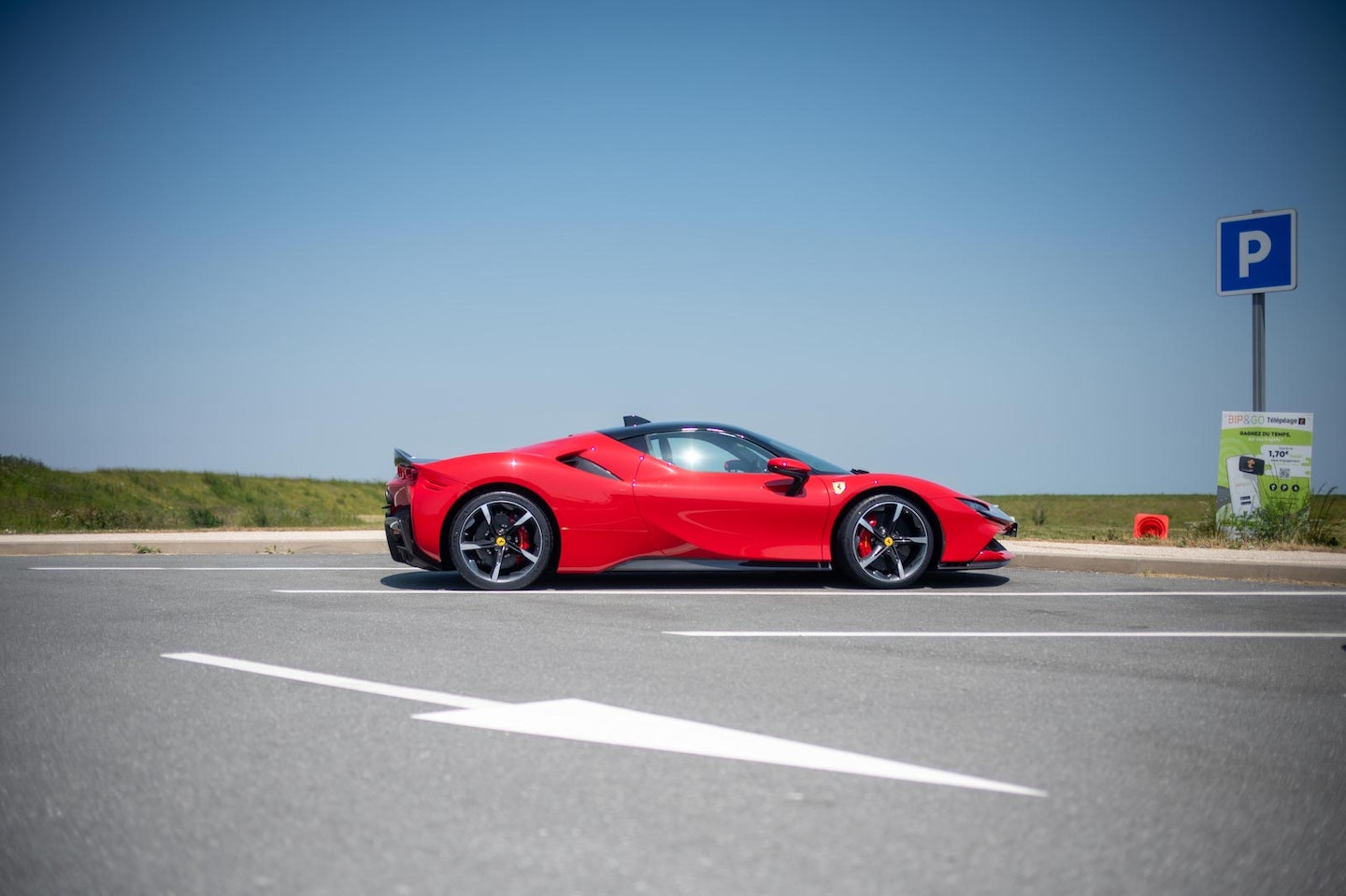
The Voigtlander is a manual lens, but that’s only half the story: if you’ve got the most up-to-date firmware, it will also play nice with your mirrorless camera, making it significantly easier to use than a ‘dumb’ manual lens.
The lens can send aperture and glass information to your camera, and it’s also got some ‘stabilisers’ for that all-important manual focusing. Of course, it has the same focus peaking you can get from all lenses, and you can also ‘punch-in’ to focus, too – but there’s one other trick this Voigtlander has that I found super helpful.
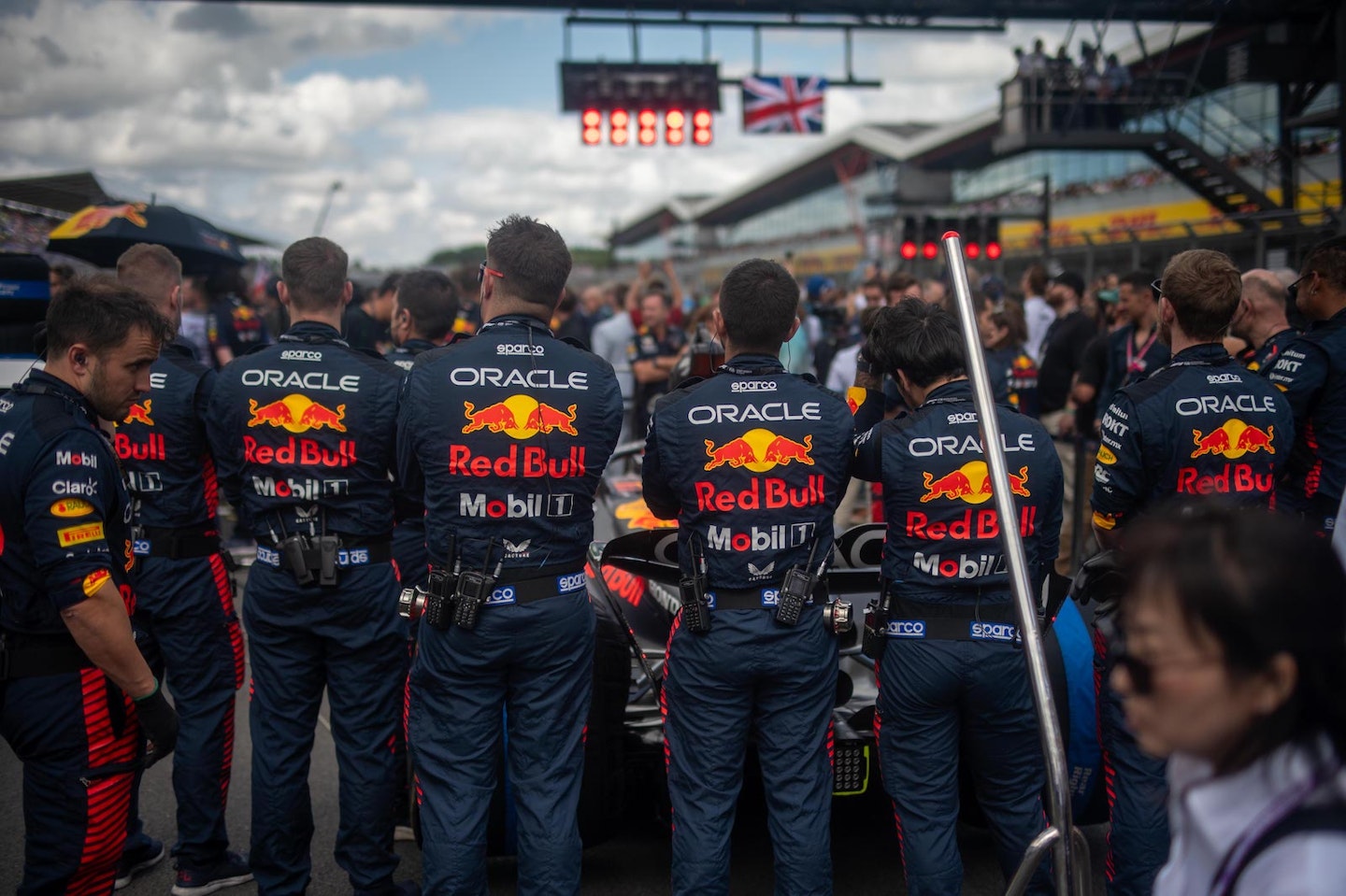
Place the focus point where you want in the frame, and it’ll go from red to green when focus is achieved. This focus confirmation tool was a game changer for me, making the lens somewhere between automatic and manual to operate. Reliable (I studied several images to check) and quick, it made me continue to pick up the Voigtlander over my easier-to-use automatic kit – even when I was looking for a crucial shot.
The Voigtlander’s appeal hinges on its ability to focus easily because its performance is such that you’ll find yourself using it in increasingly shallow depths of field.
Image quality
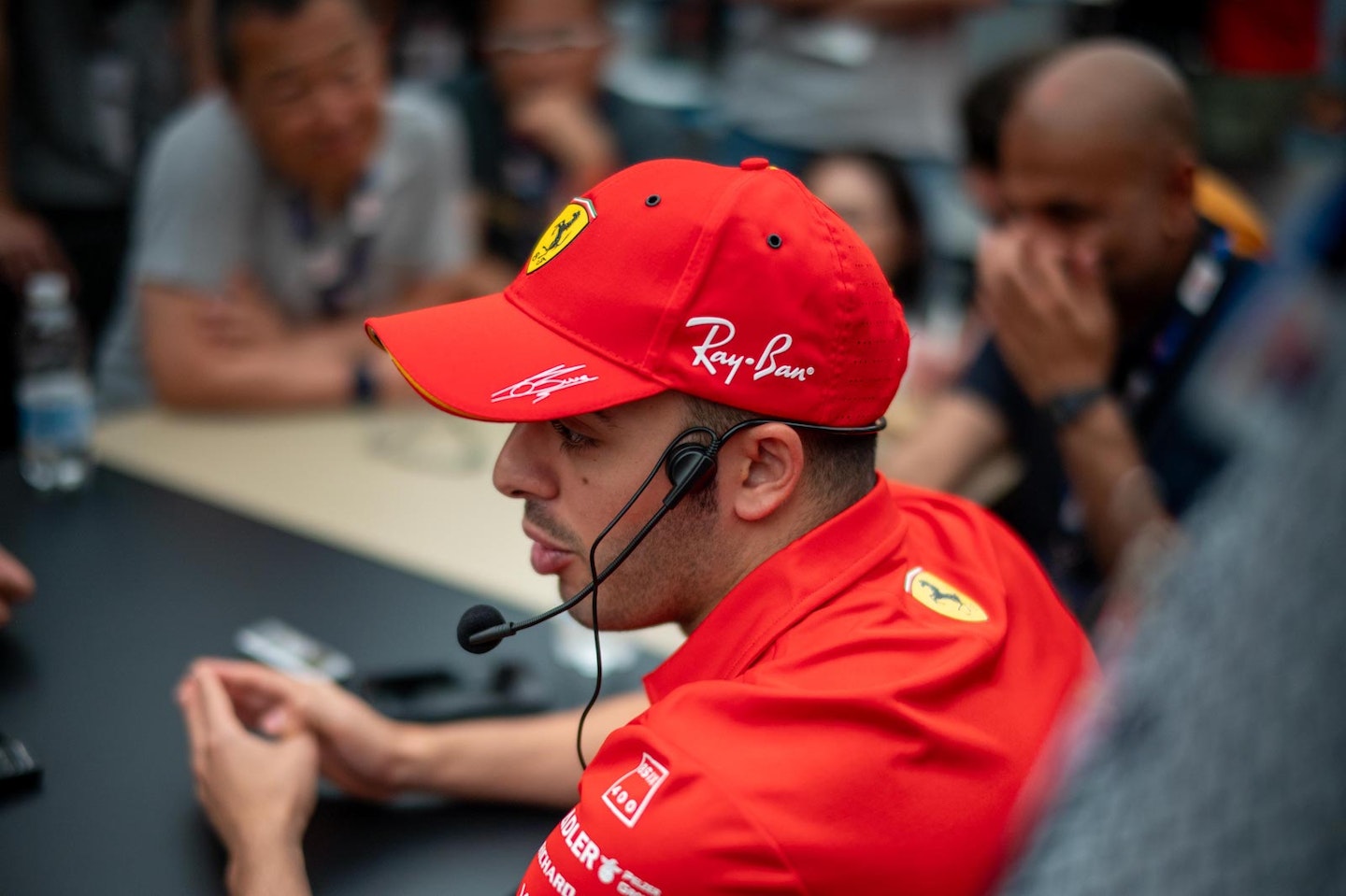
Most glass has a specific look or quality that’s present at most apertures, but the Voigtlander 40mm f1.2 has a distinct split personality. For that reason, I’ll split up image performance into two parts; below f/2.0 and above.
At below f/2.0, the Voigtlander has an intense visual signature with all the unique characteristics you’d expect of a lens decades its senior. Take a picture of anything, from dogs to cars – and tired pit crews – and you’ll find your images have the same magical quality you’d expect from the old, flawed classics. And there are flaws here for sure; below f/2.0, the centre of images isn’t 2023-sharp, and there’s a healthy dose of vignetting too. However, these flaws are carefully engineered and built-in. The softness produces an otherworldly quality to your subjects, while the extreme drop-off draws viewers to the centre of your image even more.

Of course, Bokeh is a crucial part of the formula and is as smooth as anything I’ve seen. There’s a hint of spiral to it (nowhere near as much as the kaleidoscope-like Helios), but it’s there and effective, nonetheless.
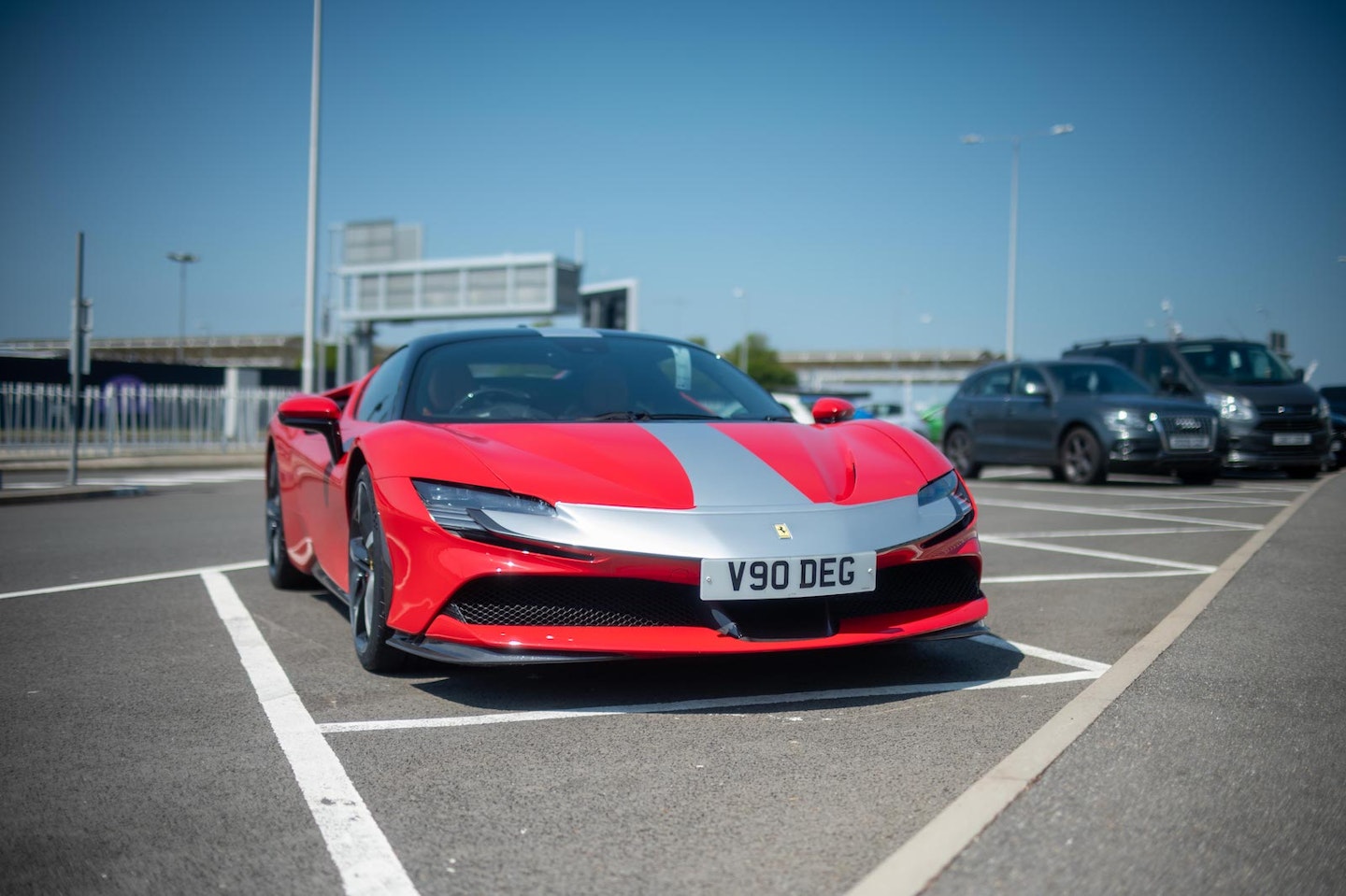
Crank the aperture above f/2.0, though, and it’s business as usual for a post-£500 lens. Sharpness cuts no matter how much I zoom into images, and there’s more contrast; this becomes a lens that competes with contemporary high-end glass. I often use a fantastic 40mm f2 Nikkor, and above f/2, this lens is much sharper – if you get the focus right, of course.
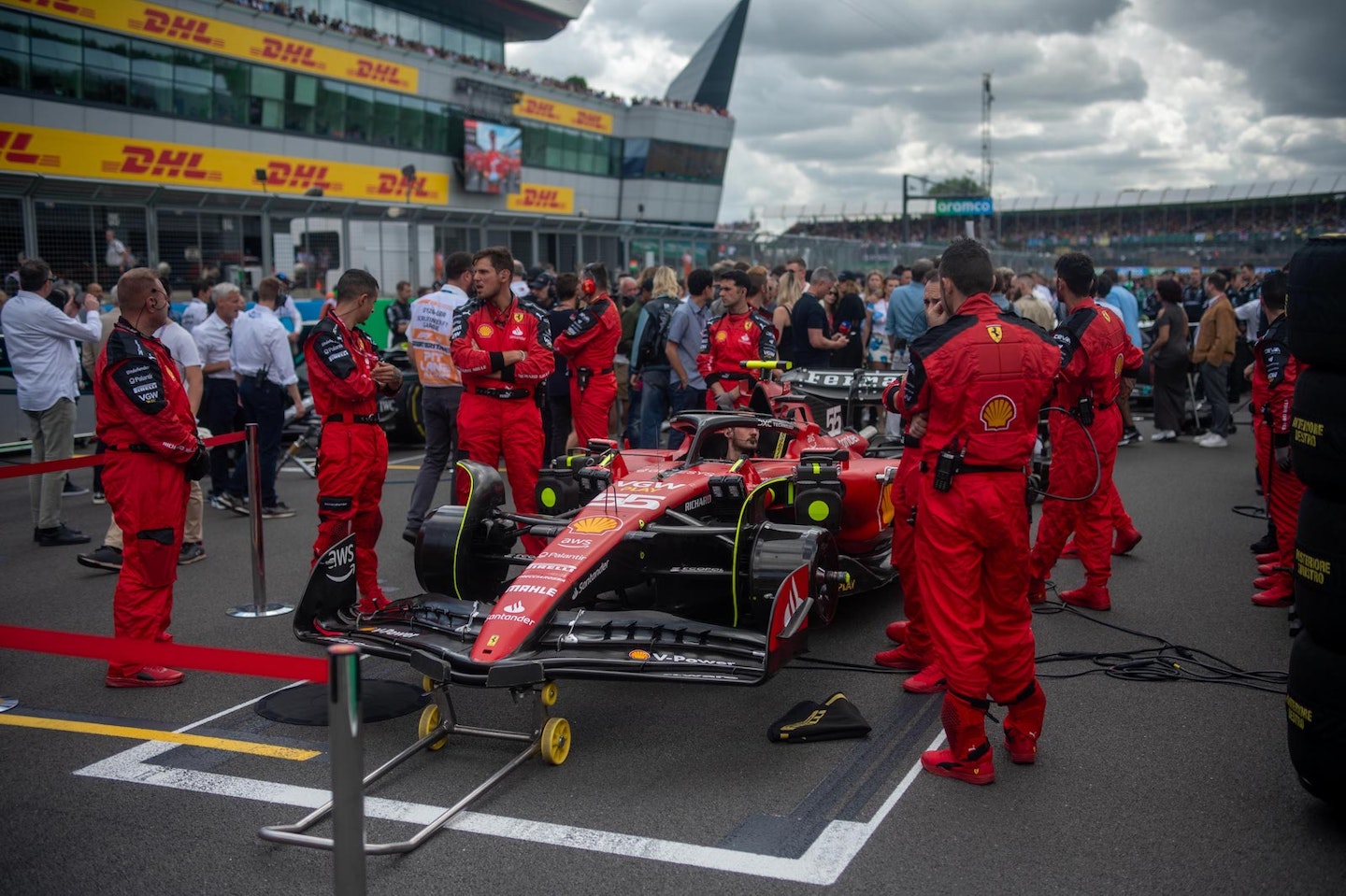
Take a look at the sample images throughout this review, and you’ll see how the drama and flaws of the f/2.0 and below aperture images melt away to produce sharper but less ‘magical’ shots.
Why 40mm?
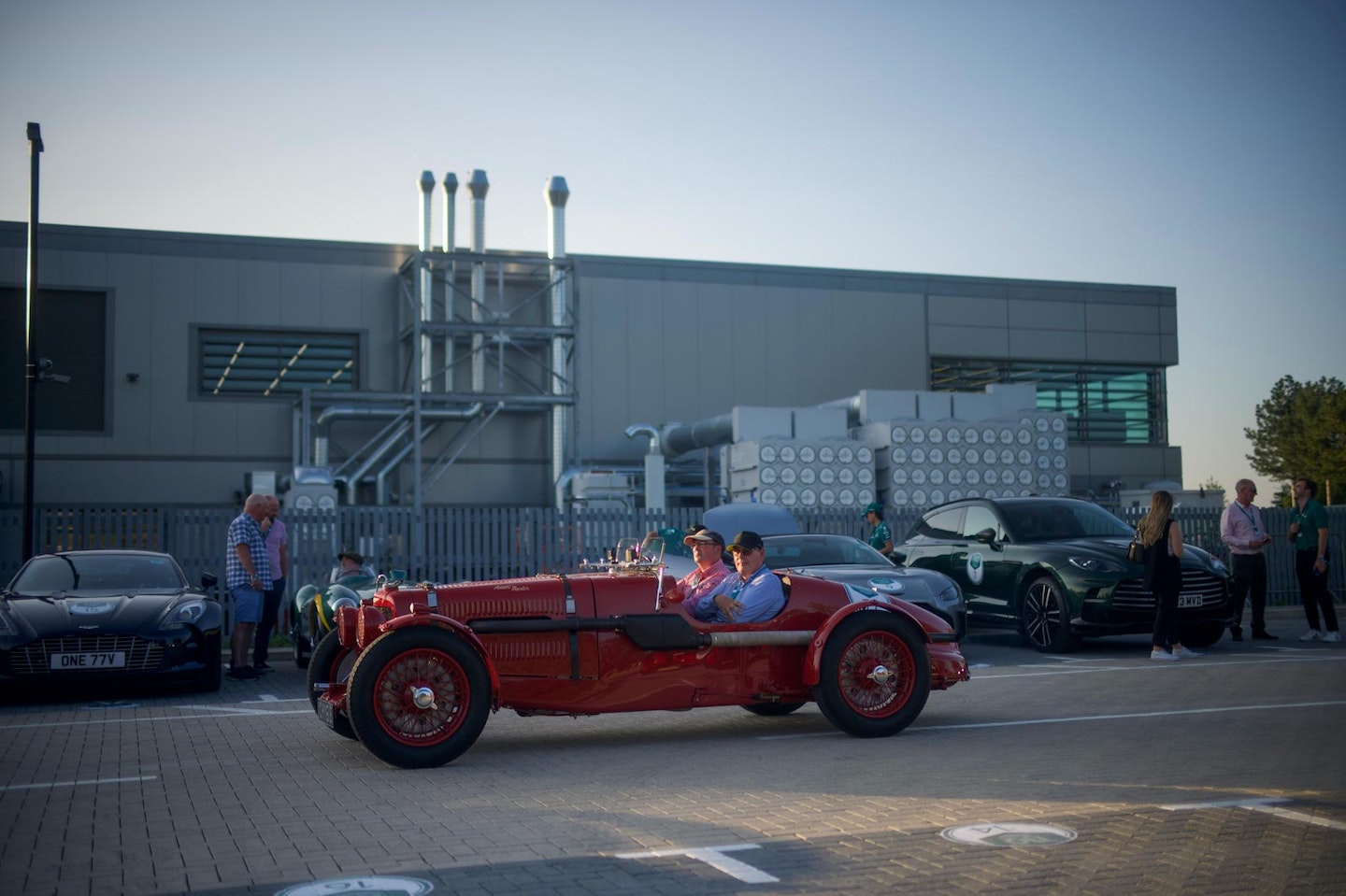
Its 40mm focal length isn’t for everyone, but for many (including myself), it’s the perfect fusion between a 50mm portrait lens and a wider 35mm lens. It’s an excellent length for street photography and portraits, and you can always zoom with your feet. Besides, you can always crop in if your camera has enough megapixels (it should if you’re attaching it to a lens this expensive). A similar lens is available in 50mm, and I’ll get to reviewing that soon.
Verdict
If you want a lens that will provide consistently excellent – and technically superior – shots, this isn’t the lens for you. However, if you want a lens with a bit of secret sauce below f/2.0 and pin-sharp detail in everything above, then the Voigtlander 40mm should be at the top of your list. It’s manual – so it keeps you engaged at all times – but it gives you a helping hand. And it rewards you with some truly unique images.

Pros
- Fantastic fit and finish
- Unique pictures
- Two lenses in one
Cons
- Super expensive for a prime manual
- Harder to use then auto
- Could be too ‘unique’ at certain apertures
More items to consider
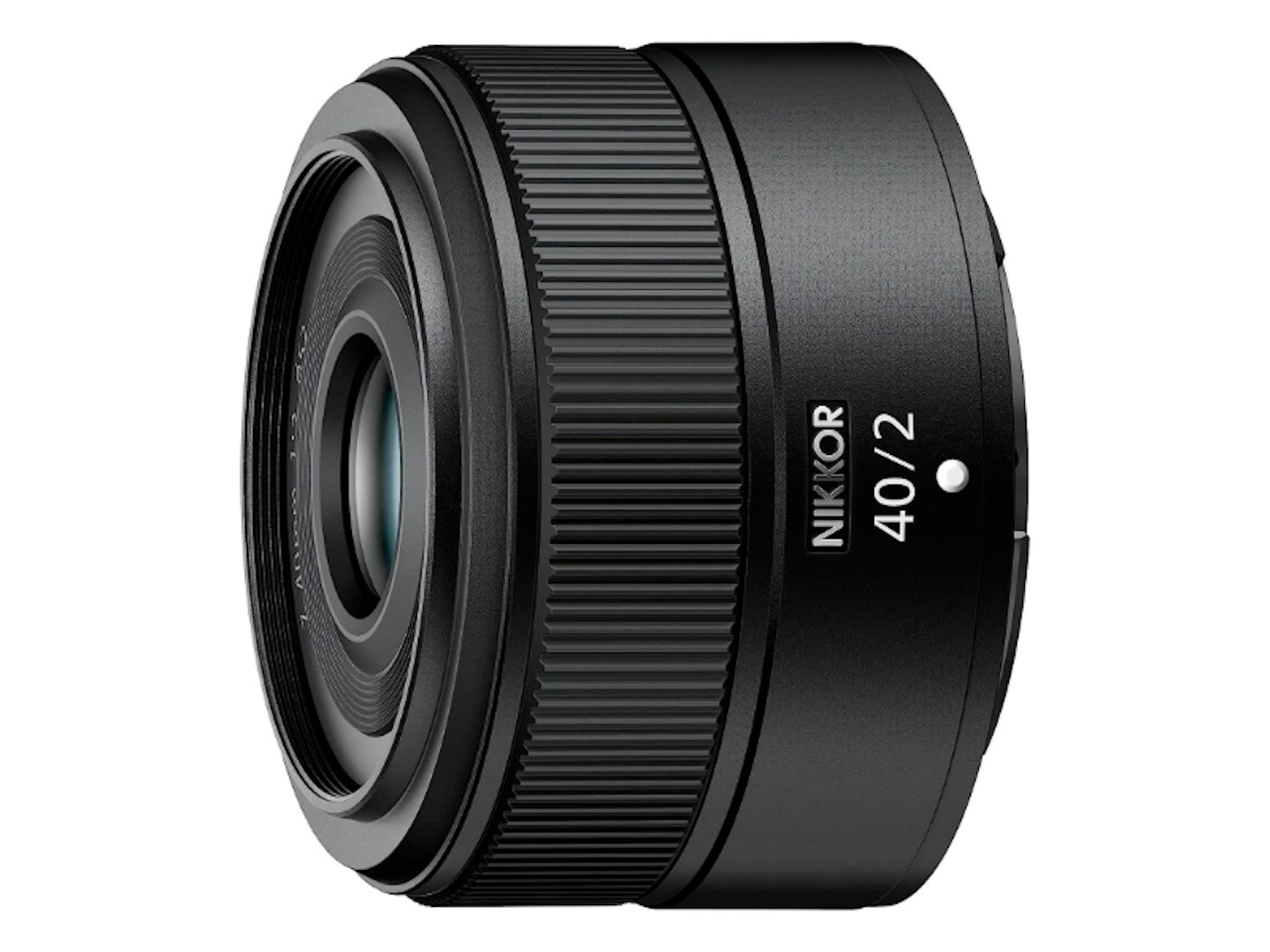
This is a smaller, lighter, and more affordable option than the Voigtlander lens. It doesn't have quite as fast of an aperture, but it still produces sharp images with good bokeh.
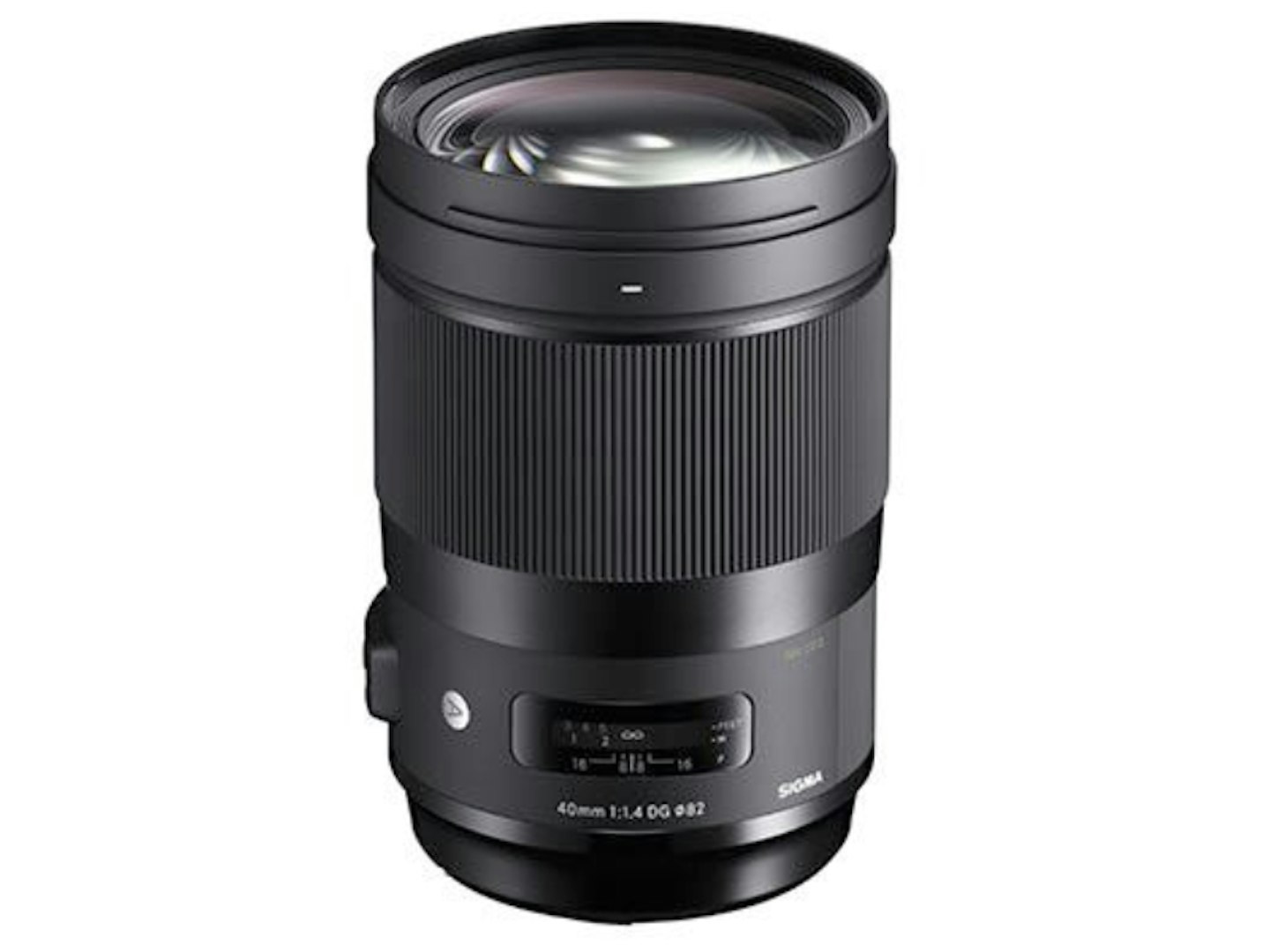
This is a larger and more expensive lens than the Voigtlander lens, but it offers better image quality and autofocus performance. It's also weather-sealed, making it a good choice for outdoor photography. You'll need a mount adaptor, as this is an F lens.
Who tested it?
Curtis has worked in the technology sector for the last few years, reviewing and testing the best audio gear, laptops and gadgets at titles including The Telegraph, Mixmag and Expert Reviews. Now the online editor of CAR magazine, he's a keen sim-racer and photographer, too.
How was it tested?
The Voigtlander lens accompanied me to Le Mans 2023. Documenting the journey with Ferrari, the lens endured rain, dust, and heat during the 24-hour race. Its lightweight design made it convenient to carry and it was used throughout to document the event.
